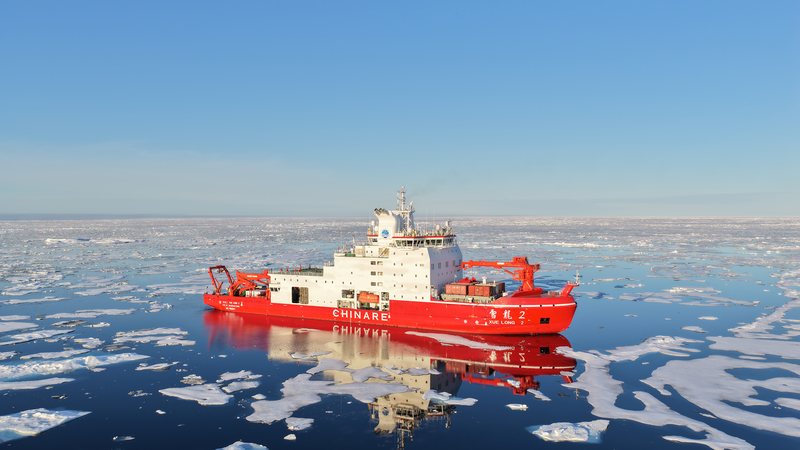As the research icebreaker Xuelong-2 glided into Shanghai harbor on Friday, China celebrated the return of its largest Arctic Ocean Scientific Expedition to date. This 15th mission, organized by the Ministry of Natural Resources, deployed four vessels: Xuelong-2, Jidi, Shenhai-1 and Tansuo-3 to unravel the Arctic's swiftly shifting environment and its global climate ripple effects.
Over the course of several months, crews on Xuelong-2 and Jidi mapped the Chukchi Plateau, the Canada Basin and the central Arctic Ocean, conducting marine environmental surveys and supporting advanced manned dive operations. By operating in sync with dual vessels, the team filled critical data gaps in high-latitude waters, boosting the precision of marine forecasts. Real-time tracking of ice drift and sub-ice ecological changes illuminated seasonal patterns in the Arctic's multi-layered systems.
Ecological research also took a leap: multi-depth benthic imaging systems delivered high-resolution snapshots of the ice marginal zone, while repeated chlorophyll measurements revealed the formation of 'marine snow' and its impact on local ecosystems amid sea-ice retreat.
In a milestone achievement, the submersible Jiaolong, launched from its mother ship Shenhai-1 and supported by Xuelong-2, performed the Chinese mainland's first manned dive under Arctic ice. This feat showcases growing expertise in deep-sea exploration under extreme polar conditions and paves the way for future breakthroughs in polar science.
Reference(s):
China completes 1st manned dive under Arctic ice in polar expedition
cgtn.com


